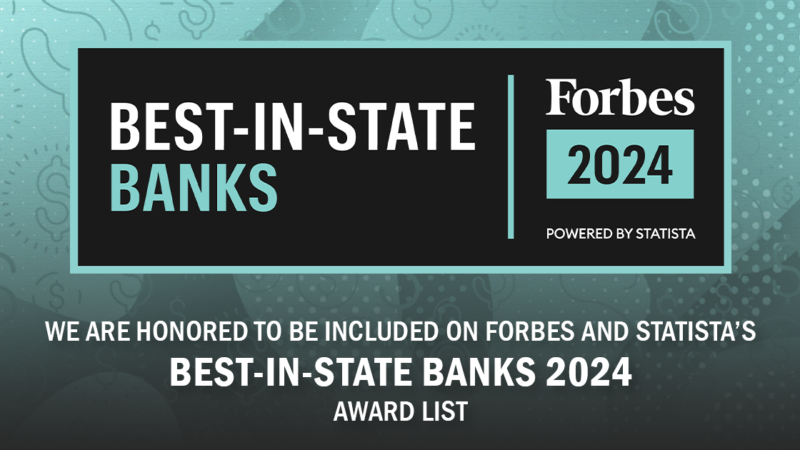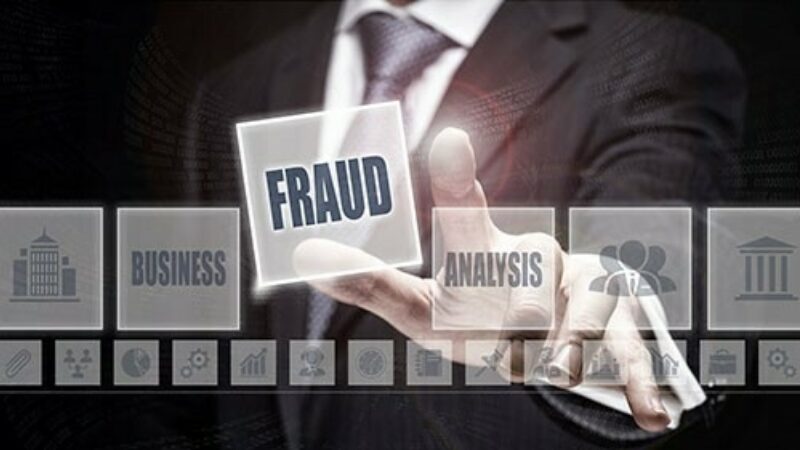Stay Safe from Cybersecurity Threats

Source: U.S. Small Business Administration
Cyber attacks are a growing threat for small businesses and the U.S. economy. Small businesses are attractive targets because they have information that cybercriminals want, and they typically lack the security infrastructure of larger businesses.
According to a recent SBA survey, 88% of small business owners felt their business was vulnerable to a cyber attack. Yet many businesses can’t afford professional IT solutions, they have limited time to devote to cybersecurity, or they don’t know where to begin.
Start by learning about common cyber threats, understanding where your business is vulnerable, and taking steps to improve your cybersecurity.
Assess your business risk
The first step in improving your cybersecurity is understanding your risk of an attack, and where you can make the biggest improvements.
A cybersecurity risk assessment can identify where a business is vulnerable, and help you create a plan of action—which should include user training, guidance on securing email platforms, and advice on protecting the business’s information assets.
Malware
Malware (malicious software) is an umbrella term that refers to software intentionally designed to cause damage to a computer, server, client, or computer network. Malware can include viruses and ransomware.
Viruses
Viruses are harmful programs intended to spread from computer to computer (and other connected devices). Viruses are intended to give cybercriminals access to your system.
Ransomware
Ransomware is a specific type of malware that infects and restricts access to a computer until a ransom is paid. Ransomware is usually delivered through phishing emails and exploits unpatched vulnerabilities in software.
Phishing
Phishing is a type of cyber attack that uses email or a malicious website to infect your machine with malware or collect your sensitive information. Phishing emails appear as though they’ve been sent from a legitimate organization or known individual. These emails often entice users to click on a link or open an attachment containing malicious code. After the code is run, your computer may become infected with malware.
Train your employees
Employees and emails are a leading cause of data breaches for small businesses because they are a direct path into your systems. Training employees on basic internet best practices like the following can go a long way in preventing cyber attacks:
- Spotting a phishing email
- Using good browsing practices
- Avoiding suspicious downloads
- Creating strong passwords
- Protecting sensitive customer and vendor information
Use antivirus software and keep it updated
Make sure each of your business’s computers is equipped with antivirus software and antispyware and updated regularly. Such software is readily available online from a variety of vendors. All software vendors regularly provide patches and updates to their products to correct security problems and improve functionality. Configure all software to install updates automatically.
Secure your networks
Safeguard your Internet connection by using a firewall and encrypting information. If you have a Wi-Fi network, make sure it is secure and hidden. To hide your Wi-Fi network, set up your wireless access point or router so it does not broadcast the network name, known as the Service Set Identifier (SSID). Password protect access to the router.
Use strong passwords
Using strong passwords is an easy way to improve your cybersecurity. Be sure to use different passwords for your different accounts. A strong password includes:
- 10 characters or more
- At least one uppercase letter
- At least one lowercase letter
- At least one number
- At least one special character
Multifactor authentication
Multifactor authentication requires additional information (e.g., a security code sent to your phone) to log in. Check with your vendors that handle sensitive data, especially financial institutions, to see if they offer multifactor authentication for your account.
Back up your data
Regularly back up the data on all computers. Critical data includes word processing documents, electronic spreadsheets, databases, financial files, human resources files, and accounts receivable/payable files. Back up data automatically if possible, or at least weekly, and store the copies either offsite or on the cloud.
Secure payment processing
Work with your banks or card processors to ensure the most trusted and validated tools and anti-fraud services are being used. You may also have additional security obligations related to agreements with your bank or processor. Isolate payment systems from other, less secure programs and do not use the same computer to process payments and surf the Internet.
Control physical access
Prevent access or use of business computers by unauthorized individuals. Laptops can be particularly easy targets for theft or can be lost, so lock them up when unattended. Make sure a separate user account is created for each employee and require strong passwords. Administrative privileges should only be given to trusted IT staff and key personnel.
For more information and resources for your small business, visit www.sba.gov.
By accessing the noted link you will be leaving Washington Trust's website and entering a website hosted by another party. Washington Trust is not responsible for, nor do we control, endorse or guarantee the content of any external sites. Please be advised that you will no longer be subject to, or under the protection of, the privacy and security policies of Washington Trust's website. We encourage you to read and evaluate the privacy and security policies of the site you are entering, which may be different than those of Washington Trust.
Contact a Trusted Advisor
For more information or to speak with one of our trusted advisors about your unique financial needs, contact us at 800-475-2265 or submit an online form.











